Dorothy Johnson: A Montana Treasure Who Needs To Be Remembered
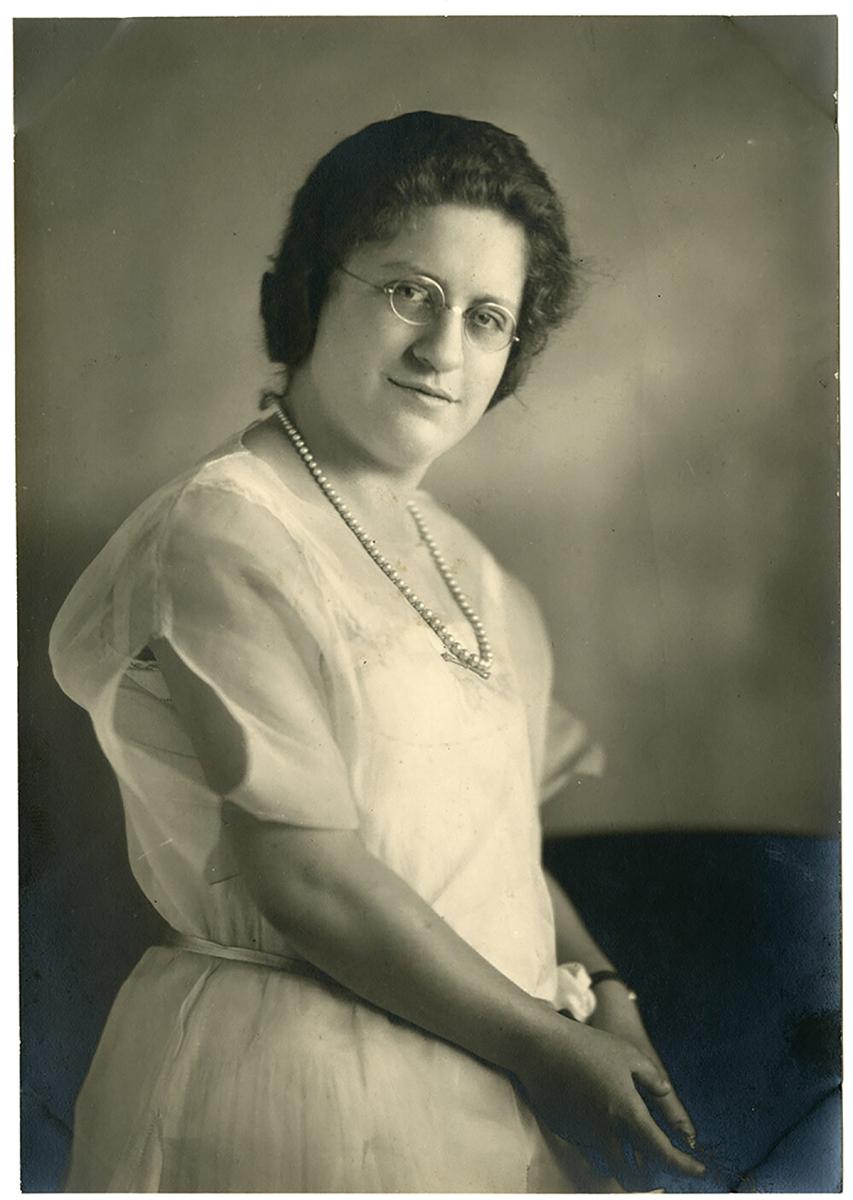
In 1923, Willa Cather won the Pulitzer Prize for literature for her novel, One of Ours. It was the first major literary award ever won by a writer from the West, and I have always thought it was interesting that this distinction went to a woman. Because when you look at the history of literature that’s considered “Western,” it’s generally been a bit of a boy’s club, dominated by big names like Zane Grey, Louis L’Amour, Wallace Stegner, and A.B. Guthrie.
Cather was really the first writer from the West, followed closely by fellow Nebraska writer Marie Sandoz, to write more authentically about people in the West, and I can’t help but think that the reason these two women blazed that trail is because they were women, and thus felt less confined by the Western stereotype that was established early on with The Virginian, a very good read but a novel that was written by a rich Eastern tourist writing about the West from his Philadelphia men’s club.
Cather depicted men’s struggles with alcoholism, loneliness, and violence without turning them into cardboard cutouts, and it was after her success that some of the men, particularly Guthrie, Stegner, and eventually Ivan Doig, followed her lead.
But in Montana, there were always women writers who were doing much the same as Cather, digging deeper into their characters, providing moral and ethical complexity to their stories rather than spinning tales that featured clearly defined heroes and villains.
And I find it puzzling, and even slightly irritating, that many of these names are fading from the public’s attention. You mention the names Grace Stone Coates, whose short story collection Black Cherries is outstanding, or Mildred Walker, who wrote one of my favorite Montana novels in Winter Wheat, to people today, and very few even avid readers are familiar with these names. But we writers know who they are.
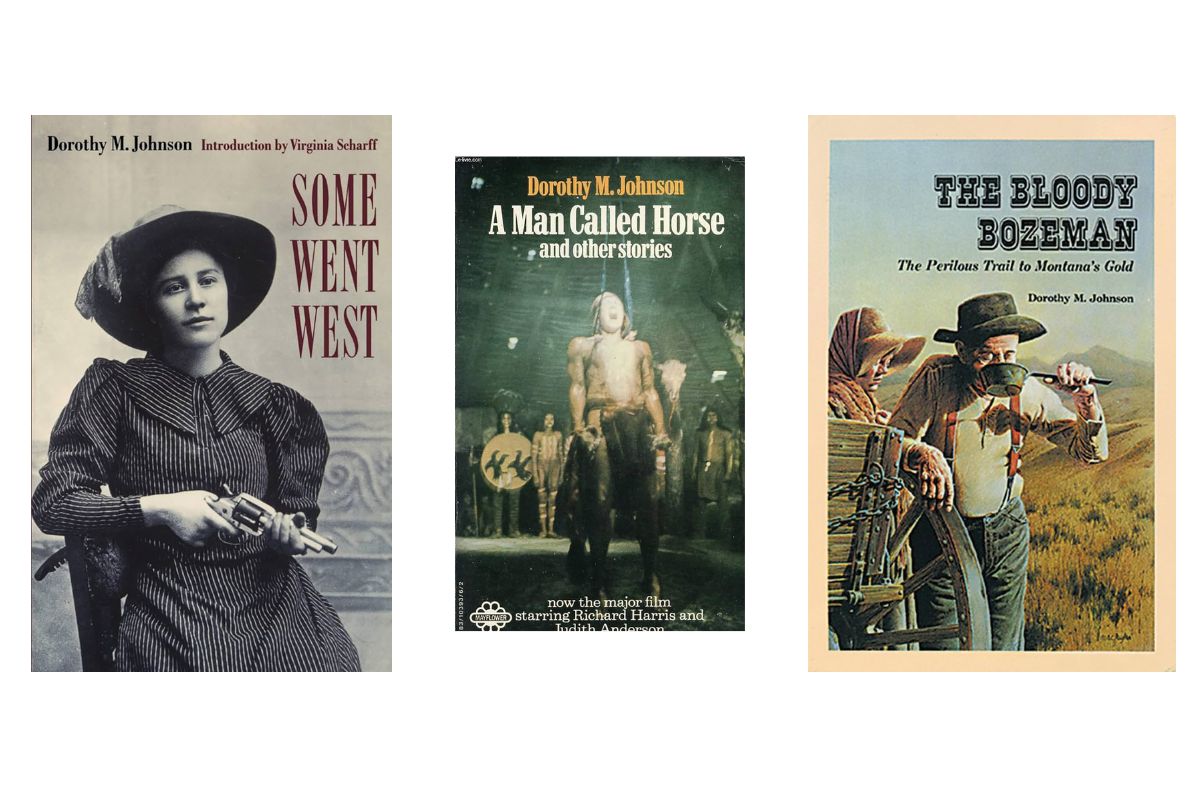
Perhaps the best of the Montana women writers, not to mention the most successful, was Dorothy Johnson, a writer who should be sitting among the greats of Montana. Instead, when most people think of Montana writers, the names that most often come up first are Ivan Doig, Norman MacLean, and A.B. Guthrie. And don’t get me wrong, these writers are well known for good reason. I admire their work.
The point is, you have to wonder whether these fabulous women writers aren’t remembered in the same way just because they are women.
In Johnson’s case, I believe the authenticity of her stories starts with her own upbringing. She was born in Iowa, but her family moved to Montana soon after she came along. She grew up in Whitefish, where she became interested in writing when she was still in high school, when she wrote for the local newspaper.
For a brief period, Johnson thought about going into medicine, and after high school, she spent a couple of years studying pre-med at Montana State in Bozeman. But her hunger to write brought her back up north to Missoula, where she studied English. After finishing her degree, Johnson had a sojourn to New York City, where she worked as an editor. But after about fifteen years in the city, a period she later described as very unpleasant, she moved back to Missoula, where she spent the rest of her long life. It was in New York that she also discovered just how much the world of writing about the West was dominated by men, when many of the bylines for articles she had published were credited to “D.M.” Johnson because the editors didn’t want readers to know the author was a woman.
Johnson must have thought her dreams of becoming a fiction writer were about to come true when she sold her first story to the Saturday Evening Post for $400 in 1935, when she was twenty-nine. And let’s just skim right past the sad realization that this is about the same fee writers can expect to get for magazine stories now, nearly a hundred years later.
Johnson soon learned the brutal truth about the publishing world, as it was another eleven years before she sold another story. There’s no way of determining whether this drought happened because she was a woman, of course, but it’s not hard to imagine that this was an issue. But that second sale was a big one, again with the Saturday Evening Post. This time, they paid her $2100 for four interconnected stories featuring a character named Beulah Bunny.
But following that, in large part because of World War II, Johnson hit another dry spell. She went to work for the Air Warden Service, a government agency that was created in order to give citizens of the US proper warning and training for how to handle an air raid.
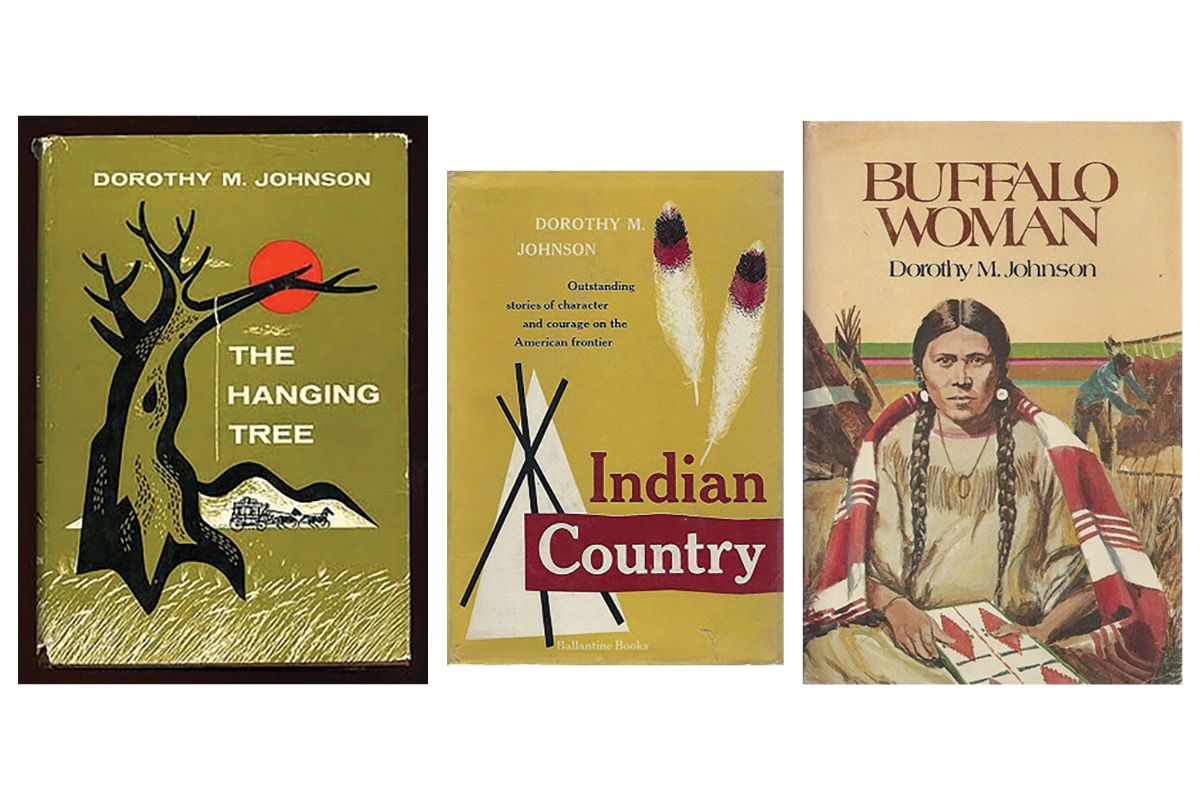
She must have had what most successful writers have, though, as once she finally broke through again, it was in a big way. Johnson was a master of the short story, and three of her stories were adapted for major motion pictures—The Hanging Tree, which starred fellow Montanan Gary Cooper; A Man Called Horse, starring Richard Harris; and her most famous, The Man Who Shot Liberty Valance.
The Man Who Shot Liberty Valance is considered one of the best Western films ever made, and for good reason. Directed by the master of the genre, John Ford, the film starred his favorite lead, John Wayne. But this role was a bit of a departure for Wayne, in that his character, Tom Doniphon, has all of the usual Wayne swagger, but in the end, it’s not enough to win the heart of the leading lady. She instead chooses an Eastern dandy named Ransom Stoddard, perfectly cast with Jimmy Stewart playing that role.
Johnson’s objective in this story was to show the vulnerability that is behind all that swagger, and we see it in both Doniphon and Stoddard: even though Stoddard becomes a successful businessman and eventually a US Senator, and even though he wins the heart of Hallie, played by Vera Miles, he never quite feels as if he measures up to Doniphon. It’s a classic example of how men in the West were judged, and how even those who seemed to have it figured out didn’t always feel satisfied.
Johnson herself described Stoddard’s character as “a man who never quite gets it. He was a man who reinvented himself and even though he was by no means ashamed of being the conquering hero and eventually becoming a senator, he still doesn’t get it in the end.”
Which makes the ending of this film especially poignant when Stoddard, who has always vowed to never carry a gun, ends up shooting the town menace, played with his usual menacing-ness by Lee Marvin.
But did Stoddard really shoot him? That’s where we get the fabulous twist in this beautifully crafted film. And it brings a moral and ethical complexity to the film that was often missing in the white hat/black era of filmmaking.
When writing The Man Who Shot Liberty Valance, Johnson said, “I asked myself, what if one of these big bold gunmen who are having the traditional walkdown is not fearless, and what if he can’t even shoot. Then what have you got?”
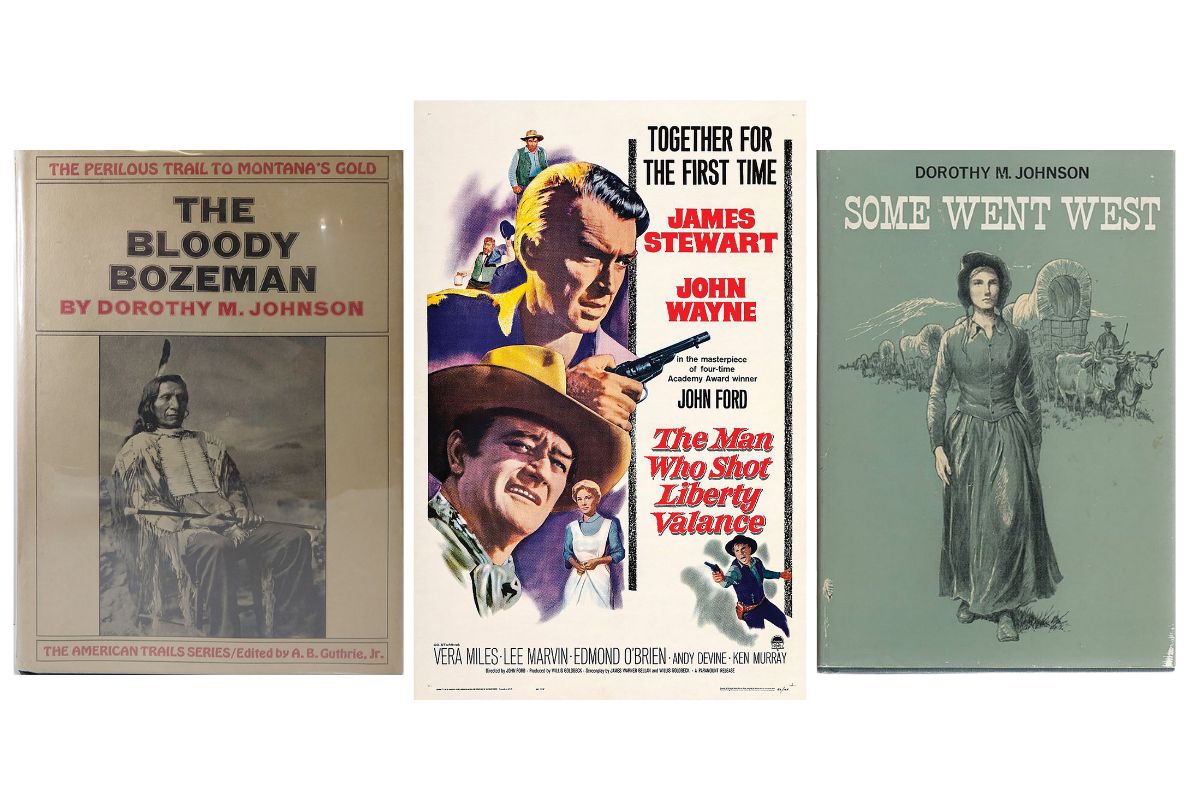
Johnson spent several years working for the Montana Historical Society, interviewing Montanans about their histories, focusing as much on Native Americans as non-Natives. She wrote two novels that featured Native characters,Buffalo Woman and All the Buffalo Returning. And A Man Called Horse is a story about a British aristocrat who is adopted by a tribe when he finds himself stranded in the middle of the plains.
So she embraced the entirety of the Western experience, without romanticizing this place, as so many outsiders have done when they write about the West.
Johnson once said, “I think the people who headed West were a different kind of people. Somebody said in a long poem that the cowards never started and the weaklings fell by the way. That doesn’t mean that everyone who went West was noble, brave, courageous, and admirable because some of them were utter skunks, but they were strong, and I like strong people.”
Dorothy Johnson died in 1984, at the age of 78, and the New York Times obituary included this gem:
Miss Johnson, the author of ''The Hanging Tree,'' ''Bloody Bozeman,'' ''A Man Called Horse'' and many other books, short stories and magazine articles, had specified that the inscription on her grave marker be ''PAID.''
It turns out that Johnson’s husband was an incurable gambler, but that thanks to her writing, she was able to cover all of his debts. Just one more example of the fact that when Dorothy Johnson was writing about the struggles of living out West, she knew what she was talking about.

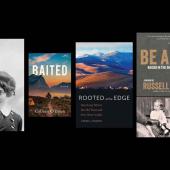
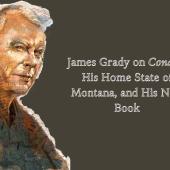
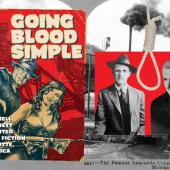

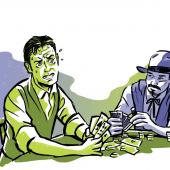
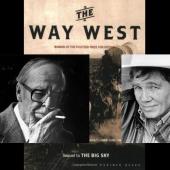






- Reply
Permalink